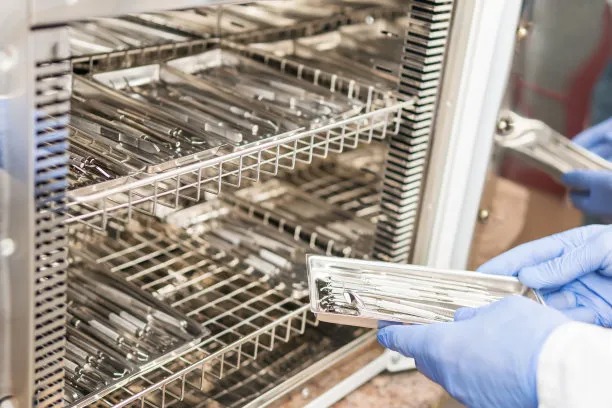Essential Tips and Precautions to Consider Before Undergoing Dental Filling Procedures for Optimal Oral Health Maintenance
Summary: Dental filling procedures are essential for maintaining optimal oral health, addressing cavities, and restoring tooth structure. However, several vital tips and precautions must be considered before undergoing such procedures to ensure the best outcomes. This article delves into critical aspects to evaluate, including choosing the right dentist, understanding filling materials, preparing for the procedure, and knowing post-treatment care. By being well-informed, patients can ensure a smoother and more successful dental filling experience, paving the way for healthier smiles and better overall dental health.
1. Choosing the Right Dentist for Fillings

When considering dental fillings, selecting the right dentist is crucial. Not all dentists have the same level of expertise or specialization in particular types of fillings. Its essential to do your research, read reviews, and seek recommendations from friends or family who have had positive experiences. A qualified dentist can also provide insights into the procedure and help ease anxiety.
In addition to proficiency, the dentists approach to patient care is another factor to consider. A compassionate and communicative dentist will take the time to explain each step of the filling process, ensuring youre comfortable and well-informed. This interaction can significantly impact your overall experience, especially if anxiety regarding dental work is a concern.
Moreover, ensure that the selected dental practice is equipped with modern technology and adheres to the highest hygiene standards. Advanced dental equipment can minimize discomfort and enhance the efficacy of the procedure. A well-maintained clinic also indicates a commitment to patient safety and health, which is critical for any dental treatment.
2. Understanding Different Filling Materials
Dental fillings can be composed of various materials, including amalgam, composite resin, glass ionomer, and porcelain. Each material has distinct properties, advantages, and disadvantages. For instance, amalgam fillings are cost-effective and durable, making them ideal for back teeth where chewing forces are significant.
On the other hand, composite resins offer aesthetic benefits as they can be closely matched to the color of natural teeth, making them less visible. However, they may not be as durable as amalgam. Understanding your options allows you to make an informed decision based on your specific needs and preferences.
Additionally, factors such as allergies to specific materials or personal preferences regarding aesthetics should be considered when discussing filling options with your dentist. A knowledgeable dentist will help explore the available materials, weighing the pros and cons to find the best fit for your situation.
3. Preparing for Your Dental Filling Appointment
Preparation is key to a successful dental filling process, and there are several steps you can take before your appointment. Firstly, communicate openly with your dentist about any pre-existing health conditions or medications you are taking, as these might affect the procedure or recovery.
Additionally, consider arranging a consultation with your dentist to discuss your concerns or questions well before the procedure. This not only helps in setting your mind at ease but also gives your dentist a chance to prepare for your specific needs.
Finally, on the day of the appointment, it is advisable to eat a light meal beforehand, especially if youre worried about discomfort or if you will be receiving anesthesia. Although local anesthesia will numb the area, being prepared can help establish a sense of control and comfort before the procedure begins.
4. Post-Treatment Care Guidelines
Post-treatment care is essential for ensuring that the dental filling heals appropriately and that your oral health remains optimal. After your filling procedure, it鈥檚 important to avoid eating hard or sticky foods for at least 24 hours. This gives your filling time to set properly and reduces the risk of dislodging it.
Moreover, maintaining proper oral hygiene is crucial post-filling. Gently brushing and flossing around the filling site will help prevent any plaque build-up while avoiding excessive pressure on the area. In addition, utilizing a non-alcoholic mouthwash can aid in keeping the area clean.
If you experience discomfort or sensitivity in the days following the procedure, inform your dentist. They may recommend over-the-counter pain relief options or provide further advice based on the specifics of your situation. Proper communication with your dentist is vital for your peace of mind and overall recovery.
Summary:
In conclusion, undergoing dental filling procedures can significantly enhance oral health when approached correctly. By carefully selecting the right dentist, understanding filling materials, preparing adequately for the procedure, and adhering to post-treatment care guidelines, patients can foster a successful dental experience. Being well-informed not only alleviates concerns but also reinforces the foundation for ongoing oral health maintenance.
This article is compiled by Vickong Dental and the content is for reference only.



